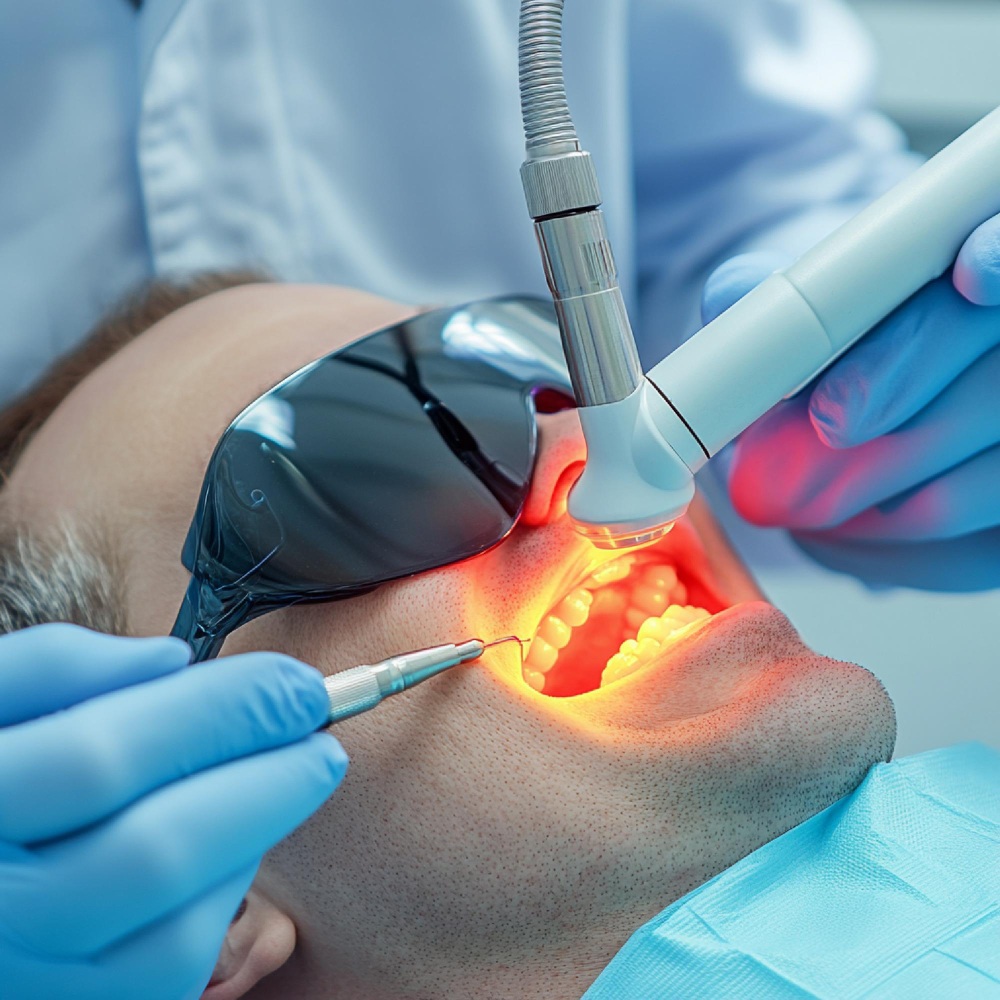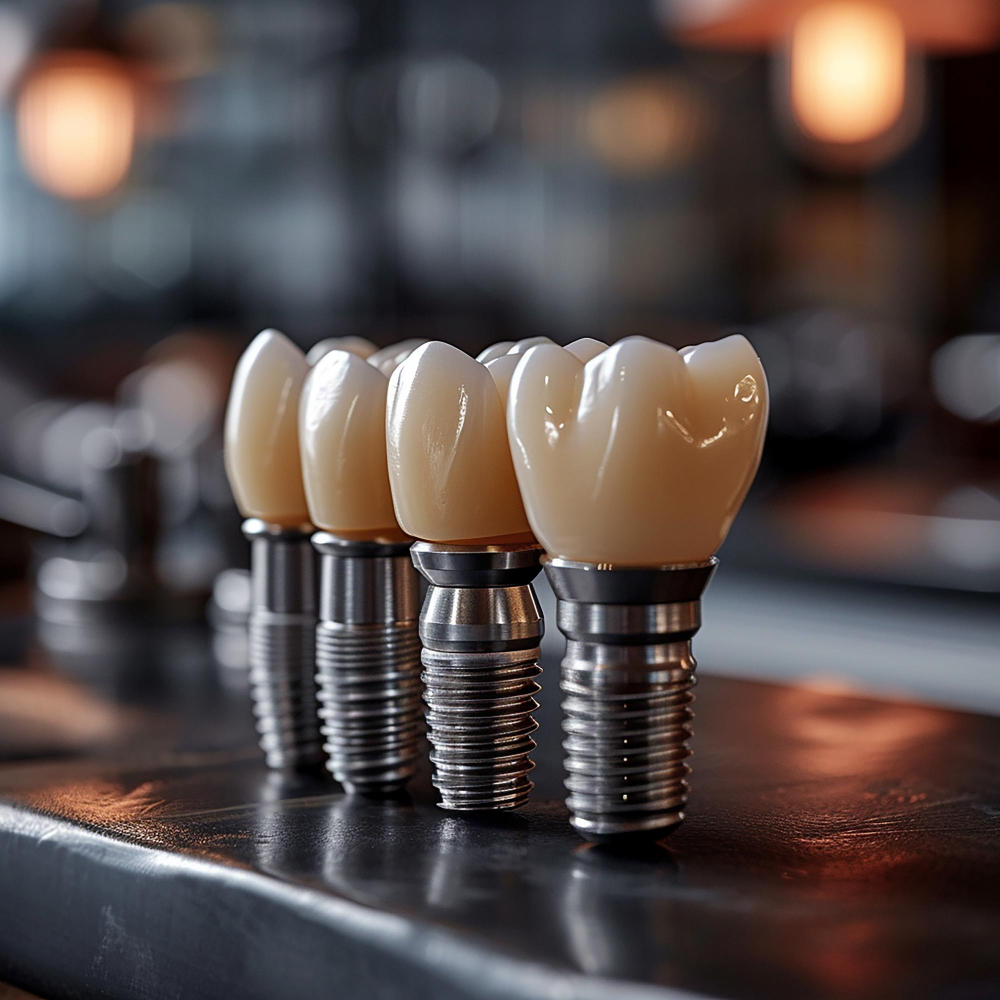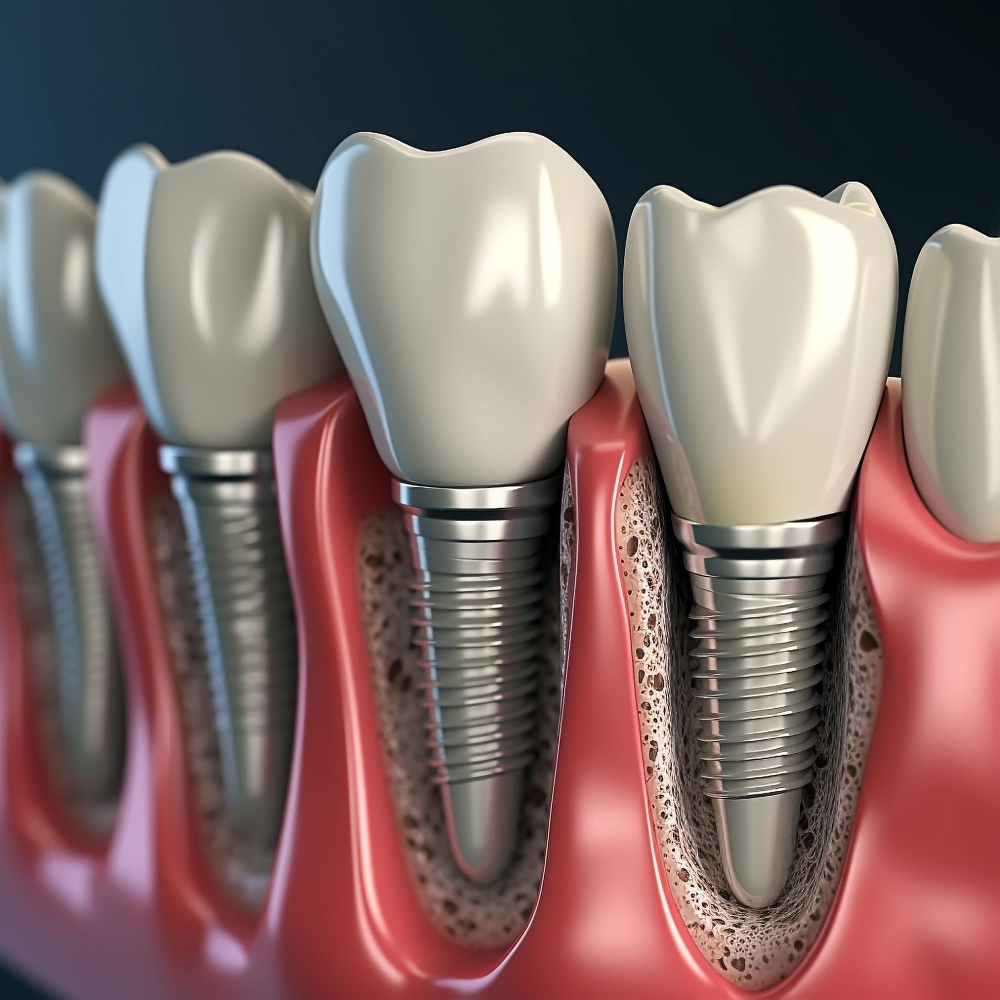Introduction
Ultrasonic scaling has revolutionized professional dental cleanings, offering fast and effective plaque and tartar removal. But like any technology, improper use can cause unintended damage — especially to root surfaces.
If you’ve undergone deep cleaning and started to experience tooth sensitivity, root exposure, or gum recession, the culprit may not be the cleaning itself — but how it was done.
In this article, we explore the risks of ultrasonic dental scaling, how to recognize signs of damage, and why ALL ON X Clinic in Istanbul is the safest choice for expert, high-precision periodontal care.
What Is Ultrasonic Scaling?
Ultrasonic scalers use high-frequency vibrations (25,000–45,000 Hz) combined with water spray to dislodge tartar and plaque from teeth — especially below the gum line. It’s commonly used in:
- Deep cleaning (scaling and root planing)
- Maintenance of gum disease
- Pre-implant or cosmetic procedures
While highly effective, incorrect usage or overuse can damage cementum and dentin layers on the root surface.
When Does Ultrasonic Scaling Become Harmful?
1. Excessive Pressure or Dwell Time
Using the scaler tip for too long on one spot can lead to:
- Cementum erosion
- Root sensitivity
- Microscopic abrasions
2. Aggressive Subgingival Cleaning
Scaling too deep into pockets or applying incorrect angulation can damage:
- Soft gum tissues
- Exposed root surfaces
3. Untrained or Rushed Application
Scaling without understanding root anatomy increases the risk of:
- Over-instrumentation
- Permanent sensitivity
- Root surface roughness that traps bacteria
Root Damage Symptoms After Scaling
If you’ve had recent deep cleaning, be aware of:
- Sharp pain when drinking cold or hot liquids
- Increased sensitivity to brushing
- Visible notches or depressions near the gum line
- Recession of the gum exposing the root
How to Prevent Root Damage During Scaling
The key to safe ultrasonic cleaning lies in:
- Using low power settings for root surfaces
- Proper tip angulation and light pressure
- Frequent movement to avoid heat buildup
- Pre-assessment of gum health and attachment loss
- Post-cleaning desensitizing agents or fluoride therapy
Why Choose ALL ON X Clinic in Istanbul?
At ALL ON X, we combine cutting-edge technology with microscopic precision and gentle techniques, making us one of the leading dental clinics in Turkey for safe deep cleaning procedures.
Our advantages:
- Laser-assisted scaling options
- Experienced periodontists trained in root preservation
- Digital assessment of root exposure and bone levels
- Multilingual staff for international patients
- Custom aftercare plans to reduce sensitivity
With us, deep cleaning means deep precision — not deep damage.
❓ FAQ – Ultrasonic Scaling & Root Safety
Is ultrasonic scaling painful?
No. It’s generally painless, though mild discomfort may occur during deep cleanings. Numbing gel can be used.
Can ultrasonic scaling damage enamel?
Enamel is strong and usually unaffected — but root surfaces (cementum/dentin) are vulnerable if mishandled.
How often should I get scaling?
For healthy patients: once every 6 months.
For gum disease: as recommended by your periodontist (often 3–4 times/year).
❔ What if I already have root damage?
ALL ON X offers treatments like root desensitization, bonding, and gum grafts to restore health and comfort.
Conclusion
Ultrasonic scaling is a powerful tool — but in the wrong hands, it can cause lasting damage to your teeth’s foundation. Choosing an experienced team that values conservative and precise techniques is essential for long-term oral health.
💡 If you’re seeking expert dental cleaning with no risks, trust ALL ON X in Istanbul — where technology meets care.
📞 Book your consultation today and experience the safest, smartest way to protect your smile.









